The Thalassic Masks project focuses on re-thinking the protective mask, transforming a medical product, born in a state of emergency, into a design statement expressing contemporary identities.
Drawing inspiration from marine forms, Thalassic combines biomimetic design techniques, additive manufacturing and physiological analysis to create a new breed of masks, rethinking the relationship between technology, in the form of wearable objects, and the human body.
Re-FREAM 2020-2021, a pillar of the STARTS Programme (Science + Technology + Arts), an initiative of the European Commission under the Horizon 2020 research and innovation programme.
The Thalassic Masks project focuses on re-thinking the protective mask, transforming a medical product, born in a state of emergency, into a design statement expressing contemporary identities.
Throughout the pandemic, protective masks with microbial filters increasingly became an essential device, an integration of the human body required to allow personal interactions.
Commercial masks are generally adaptations of devices which were not designed for the extensive use they undergo these days. Most of the existing products are capable of performing a series of functions, but they are neither designed to engage with the urban environment nor aspire to rethink human interactions and personal expression, as fashion products do.
Drawing inspiration from marine forms, Thalassic combines biomimetic design techniques, additive manufacturing and physiological analysis to create a new breed of masks, as well as rethink the relationship between technology, in the form of wearable objects, and the human body. In that sense the scope of the Thalassic Masks project goes beyond the products themselves, but it is a reflection on how our lives are transformed by the dramatic and sudden global events of these years.
This proposal aims at a radical shifting of the focus of medical devices from unavoidable manifestation of a physical limitation to a design statement and functional fashion accessory, combining traditional tailoring techniques with generative design and digital fabrication
Please highlight how the project can be exemplary in this context
Current commercial protective masks are generally products that have been designed for single use, standardised in terms of shape, difficult if not impossible to recycle. Thalassic envisions the protective mask as a highly valuable object that emphasises the importance of the individual, with specific physical characteristics, needs and aesthetic aspirations. As such, the mask is seen as a long lasting object, an art piece that the user would be reluctant to dismiss.
Digital technologies can allow a complete customisation of a design product: mapping the features of the users and developing a design tailored around them. This way, the project not only advocates the rise of medical devices that are not standardised, dehumanised, but also stresses that thanks to digital technologies (such as multi-material 3d printing, employed in this research), with the ability to manipulate material at a microscopic level, the performances of the products, their use, and environmental qualities, can be greatly improved. This allows for customised, long lasting and carefully material controlled design objects, to which the users would assign emotional and economical value.
Based on this analysis, one of the key objectives of Thalassic in terms of sustainability is the radical reduction of items being produced, and dismissed, by replacing them with valuable, long lasting products.
In terms of manufacturing, 3d printing allows for production on demand, eliminating the need to produce objects that are not eventually used, and radically reducing the need for storage and handling typical of mass produced items.
Please highlight how the project can be exemplary in this context
Inspiration for the project was drawn from looking at marine forms, thus the name Thalassic, as something belonging to the depth of the sea. Organisms such as jellyfishes, corals, sea anemones, thanks to features of their own body are capable of filtrating water and extract oxygen and nutrients. They act as biological filters, thanks to their inner physical structure, and this way they are capable of actively modifying the environment they live in.
Aquatic organisms also often rely on their deceptive appearances to hide, or prey, within the underwater environment they are immersed in. Appearances then become part of the survival strategy. The thalassic project, aimed at merging this twofold aspect of aesthetics and functionality, interlinked thanks to the use of generative design and digital manufacturing techniques.
Through this biomimetic approach the design manages to emulate the logic of the natural system achieving a product that is both functionally adapted to the user and at the same time develops aesthetic qualities that typically characterise the complexity and intricacy of the natural world.
To some extent, this collection of masks can be seen as a possible form of human evolution, shaped not by the slow process of biological changes, but by the extension and augmentation of the body through technology and the design of functional tools.
As the pandemic is changing the world, our identities, reflected in what we wear every day, are affected by that. In that sense the scope of the Thalassic Masks project goes beyond the products themselves, but it is a reflection on how our lives are transformed by the dramatic and sudden global events of these years.
Please highlight how the project can be exemplary in this context
The key objective of Thalassic in terms of inclusion is the placement of beauty and identity as one of the key elements driving the design of medical products, together with the functionality, which is generally the exclusive focus.
The team believes that such an integrated approach addresses the stigma and flaws often associated with medical products and protective masks currently available on the market. Thalassic invites its users to establish an emotional connection with the protective mask, seen as a contemporary design statement rather than a manifestation of a physical limitation.
The idea of rethinking the notion of prosthesis, from medical devices to artworks and fashion products was based on a body of work carried previously by the artists. During the last decade the artists had worked on several designs where the focus was to push the boundaries of what medical devices should look like and the stress that, as any other product, the users deserved to wear and use them not only as the result of a shortcoming of their own physical limitation but also as means of expressing their identity and aesthetic.
This in contrast with what is available when looking at medical devices in the general market: products with very little or no actual design behind the mere functionality. The idea behind thalassic is that medical devices, should be carefully designed, express the individuality and aesthetic needs of the users, seen as part of their personality, and not being the visible expression of physical shortcomings but on the contrary as part of individual uniqueness.
Please highlight how this approach can be exemplary
As mentioned, the underlying theme of the project is the use of digital technology, biomimetic techniques to solve a specific problem: the re-definition of a medical device, specifically the respiratory mask. Technology, in the form of advanced digital fabrication and of digital design techniques, was thus a fundamental part of the process.
Through the use of the advanced 3D printing techniques (Stratasys J850™ 3DFashion™) layer after layer of material were deposited on a very fine chiffon fabric, with the amount of flexibility, colour and structure finely controlled by digital models. These techniques which were deployed open novel possibilities in terms of material optimisation, material integration, durability and reuse.
At the same time thermal studies of the different areas of the human head were carried out by Empa (Swiss Federal Laboratories for Material Science and Technology), partner of the project. The content of these maps was interpreted by digital algorithms allowing to adapt the distribution of the material on top of the garment and modify the inner structure and its properties in order to augment and customise the functionality of the resulting pieces (tuning the porosity and thermal performance of the devices).
The digital algorithms guiding the generation of the material could be thought as an adaptive blueprint, allowing, to generate a design which is on one hand informed by the sensibility of the artists and users, on the other by the physical characteristics and material requirement. All of this materialised through the use of cutting-edge technologies.
The project is rooted in the need to rethink the conditions of individuals affected by specific limitations, in this case arising by the global pandemic but more generally of human limitations, within the society and the environment. It aimed at developing a product that could be at the same time an expression of individuality, high-end aesthetics as well as functionality.
The aim was to generate a functional and medical device people could be proud of wearing, as an expression of their own individuality and aesthetics.
Because of the nature of the product, combining textile and multi-material 3d printing, in order to develop it, both traditional tailoring techniques and novel digital fabrication techniques had to be explored, tested, applied and eventually merged. The project can thus be seen also as an augmentation of traditional techniques through the use of technology, putting the stress on how traditional knowledge is still relevant even for radical developments.
Similarly, the fact that digital crafting allows for almost infinite variations of designs that are adaptable, the link with traditional technique is also with the uniqueness of each design, customised to the physical body of each individual, which are also unique.
Please also explain the benefits that derived from their involvement.
This project was led by the Italian artists Filippo Nassetti and Vincenzo Reale but was part of a co-creative environment within the Re-fream consortium.
The artists, working between Italy and United Kingdom, benefited from the expertise and collaboration of different industry and research partner across Europe and beyond, amongst which: Empa (Swiss Federal Laboratories for Material Science and Technology), Stratasys (3d printer production system experts based in Israel), Haratech (digital fabrication experts based in Austria) and the University of Art and Industrial Design Linz.
This together with a constant exchange of ideas with the other fellow artists across more than ten European countries. A truly international collaboration where people from different practises, from traditional tailors to technology experts, from students at the University of Linz to material engineer were involved.
This unparalleled craft and technological support allowed to achieve an holistic perspective of the problems connected with physical limitations, identity, technology and the human body.
The project addressed the global challenge of climate change and the transformation of urban and natural environments by proposing the design of a new generation of wearable devices, specifically the protective mask, meant to mediate between individuals and increasingly aggressive surroundings, while producing value in terms of aesthetics and identity.
By combining 3d printing technology and digital skills on one hand, traditional craft and tailoring on the other, the project sets the ground for new forms of urban manufacturing to emerge. Roughly described as digital tailors, such new profiles might be able to focus on specific, local contexts and cultures, while augmenting them with the possibilities brought by new manufacturing techniques and digital tools.
The design of the mask and further protective devices could then be appropriated by local cultures and adapted to their specific needs, while relying on an international framework of experimentation and shared knowledge.
Compared to mainstream fashion, the project innovated by proposing a digital, 3d framework to develop the design of the protective mask, and prepare it for production. The shape, fit and textures characterising the product were developed by combining 3d modelling and algorithmic workflows with a number of physical, tailored prototypes.
One of the main advantages of such a framework was the possibility to explore the aesthetic potential of generative algorithms and digital simulations for the design of the distinctive 3d printed pattern.
Moreover, the use of 3d printing on fabric as a production technique can be considered an innovation in the context of fashion design.
Compared to mainstream medical devices, the project innovated by placing beauty and identity as one of the key elements driving the design, together with the functionality, which is generally the exclusive focus. The team believes that such an integrated approach addresses the stigma and flaws often associated with medical products and protective masks currently available on the market. Thalassic invites its users to establish an emotional connection with the protective mask, seen as a contemporary design statement rather than a manifestation of a physical limitation.
Please provide clear documentation, communication of methodology and principles in this context.
The project tested the relation and collaboration between different professional profiles, on one hand digital designers, on the other artisanal tailors.
The potential of such knowledge exchange would be to create the conditions for new forms of collaboration to emerge, eventually realising the urban manufacturing scenario previously described (point 8).
The following kinds of knowledge exchanges can be foreseen:
- transfer of digital knowledge to artisanal tailors
- transfer of artisanal knowledge to digital designers
- transfer of collaboration protocols and best practice methodologies to teams where both profiles are represented
The knowledge exchanges can be organised in the forms of concentrated workshops and classes, whose programme and duration would depend on the specific needs of the participants.
While it is believed that a certain level of mutual exchange would be beneficial to both profiles, the project led us to evaluate that the likelihood of success is higher in the third option, where both profiles are part of a team whose collaboration needs to be arranged and stream-lined.
Activities of match-making can be carried out in local contexts to scout the different profiles and create opportunities of collaboration.
[in the preview of the application the "additional documentation" does not appear to show, for completeness we are pasting here additional links regarding the project
Thalassic Masks Studio video: https://youtu.be/2-NH6_Ptw98
Thalassic Masks Trailer video: https://youtu.be/hZZdH-J59ZI
Thalassic Masks Presentation: https://issuu.com/pquod/docs/thalassic_presentation_v00
Thalassic Masks press release: https://www.designboom.com/art/filippo-nassetti-vincenzo-reales-thalassic-masks-11-29-2021/
Thalassic Masks Blog Posts: https://re-fream.eu/category/author/filippo-nassetti-vincenzo-reale/ ]
Additional videos explaining the projects can be found here below:
Thalassic Masks Studio video: https://youtu.be/2-NH6_Ptw98
Thalassic Masks Trailer video: https://youtu.be/hZZdH-J59ZI
Thalassic Masks press release: https://www.designboom.com/art/filippo-nassetti-vincenzo-reales-thalassic-masks-11-29-2021/
Thalassic Masks Blog Posts: https://re-fream.eu/category/author/filippo-nassetti-vincenzo-reale/
Thalassic Masks Presentation: https://issuu.com/pquod/docs/thalassic_presentation_v00
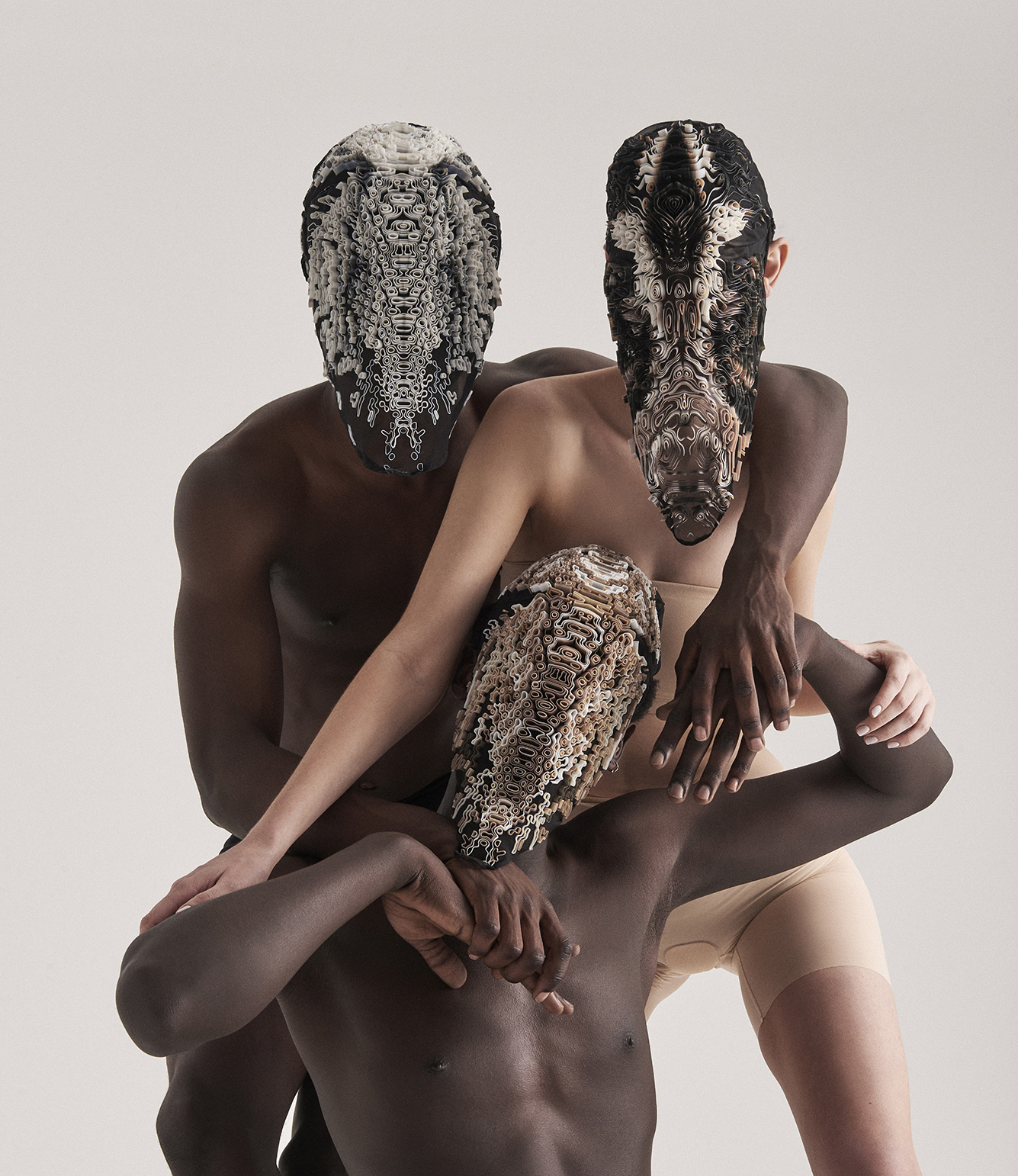
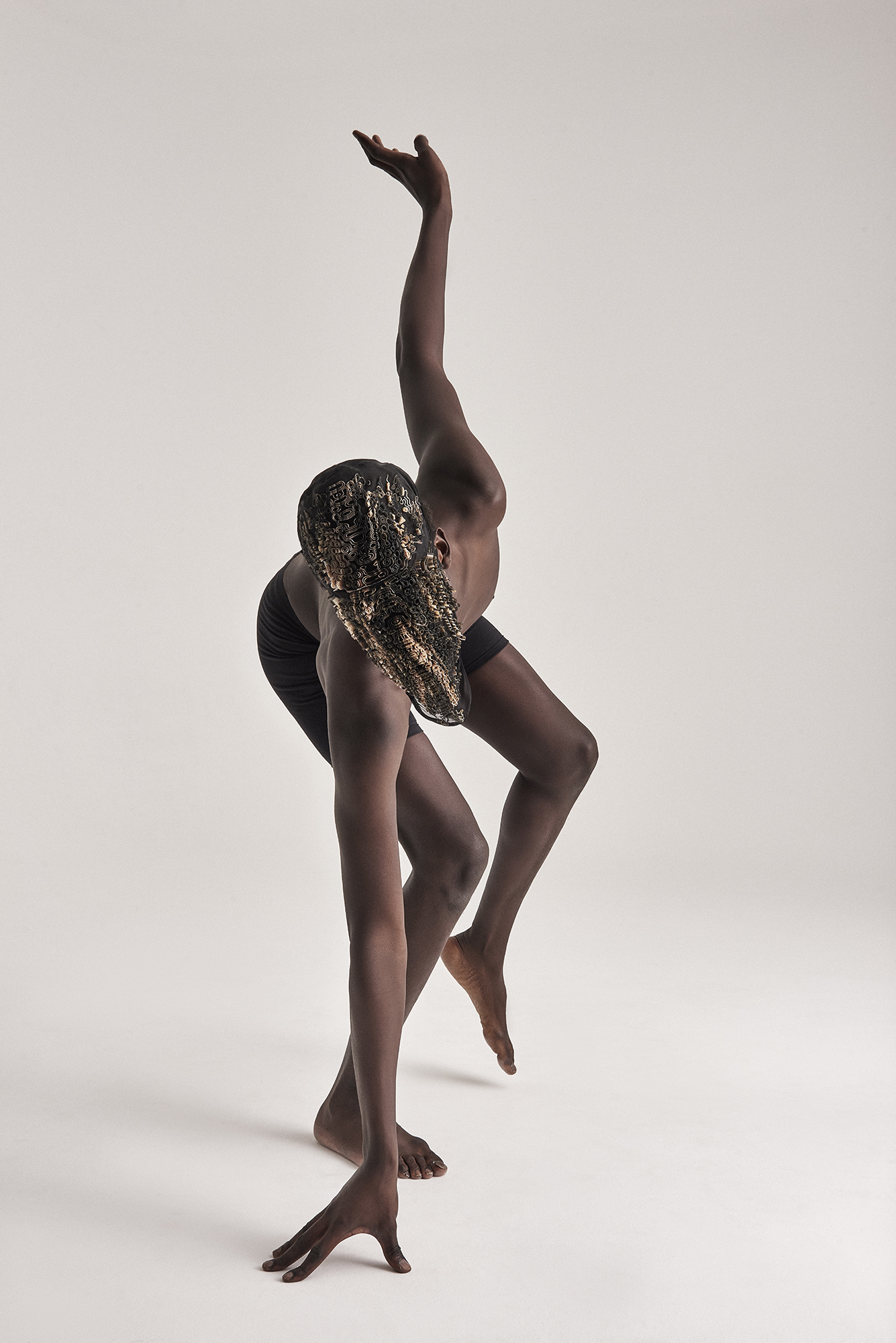
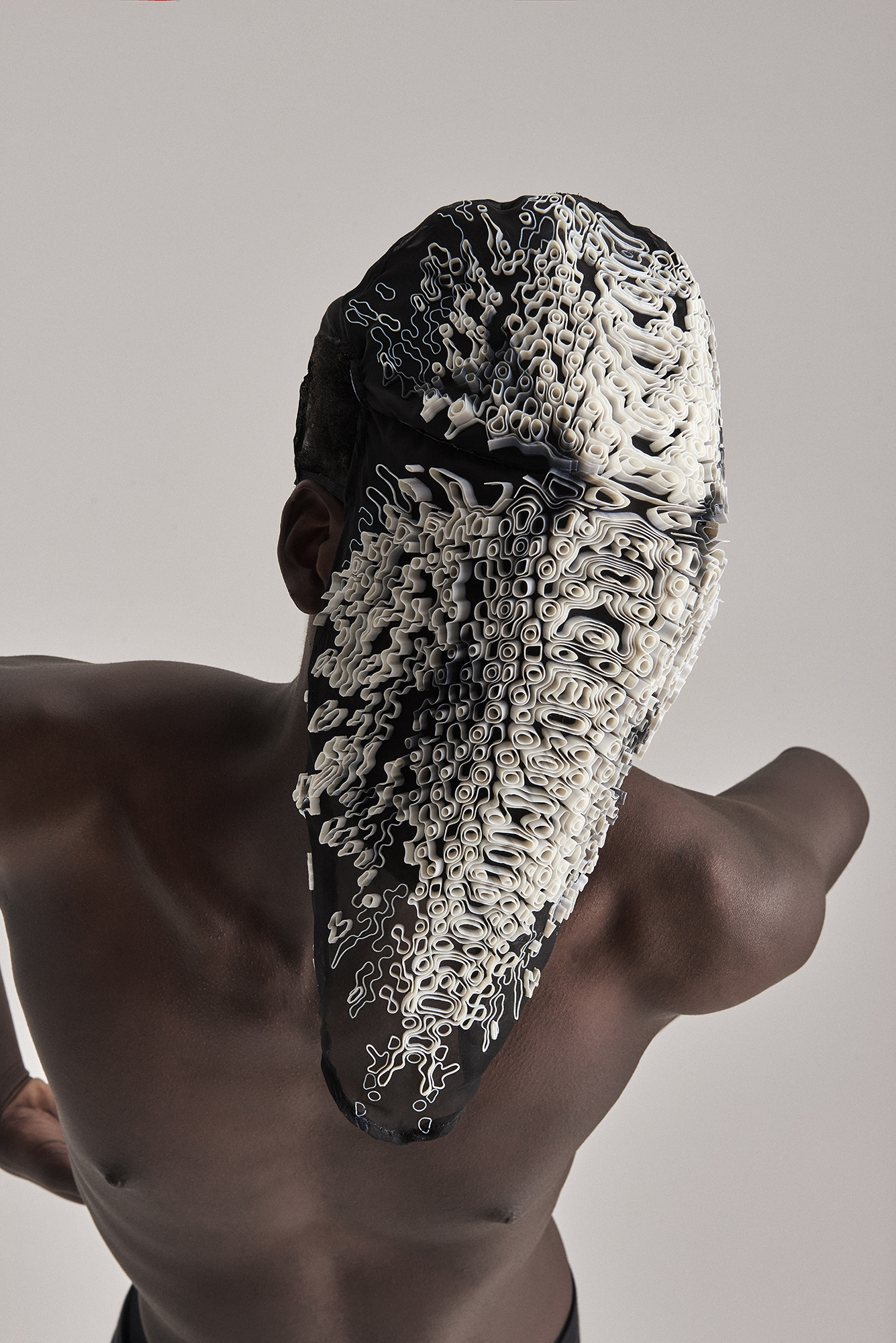
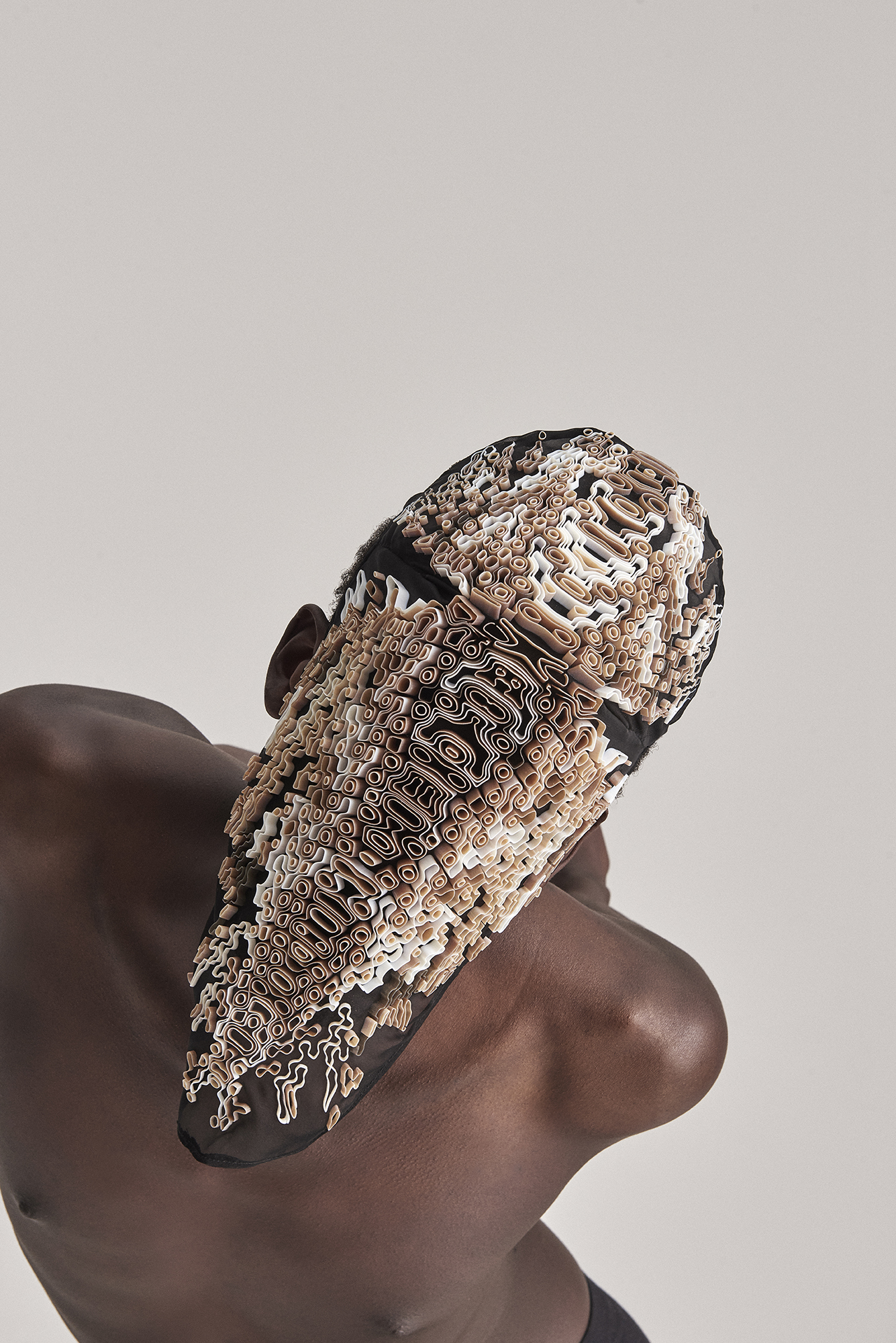
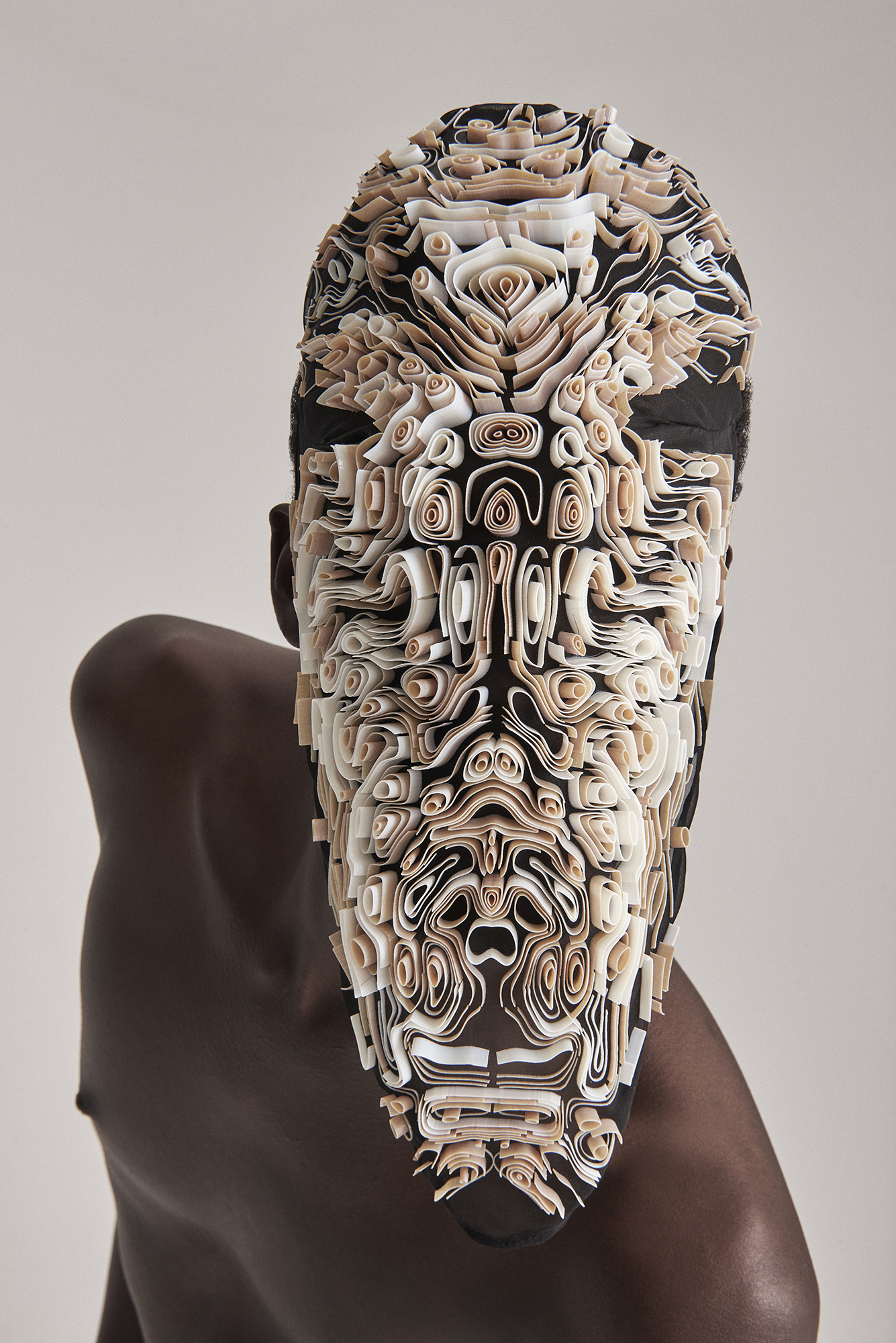
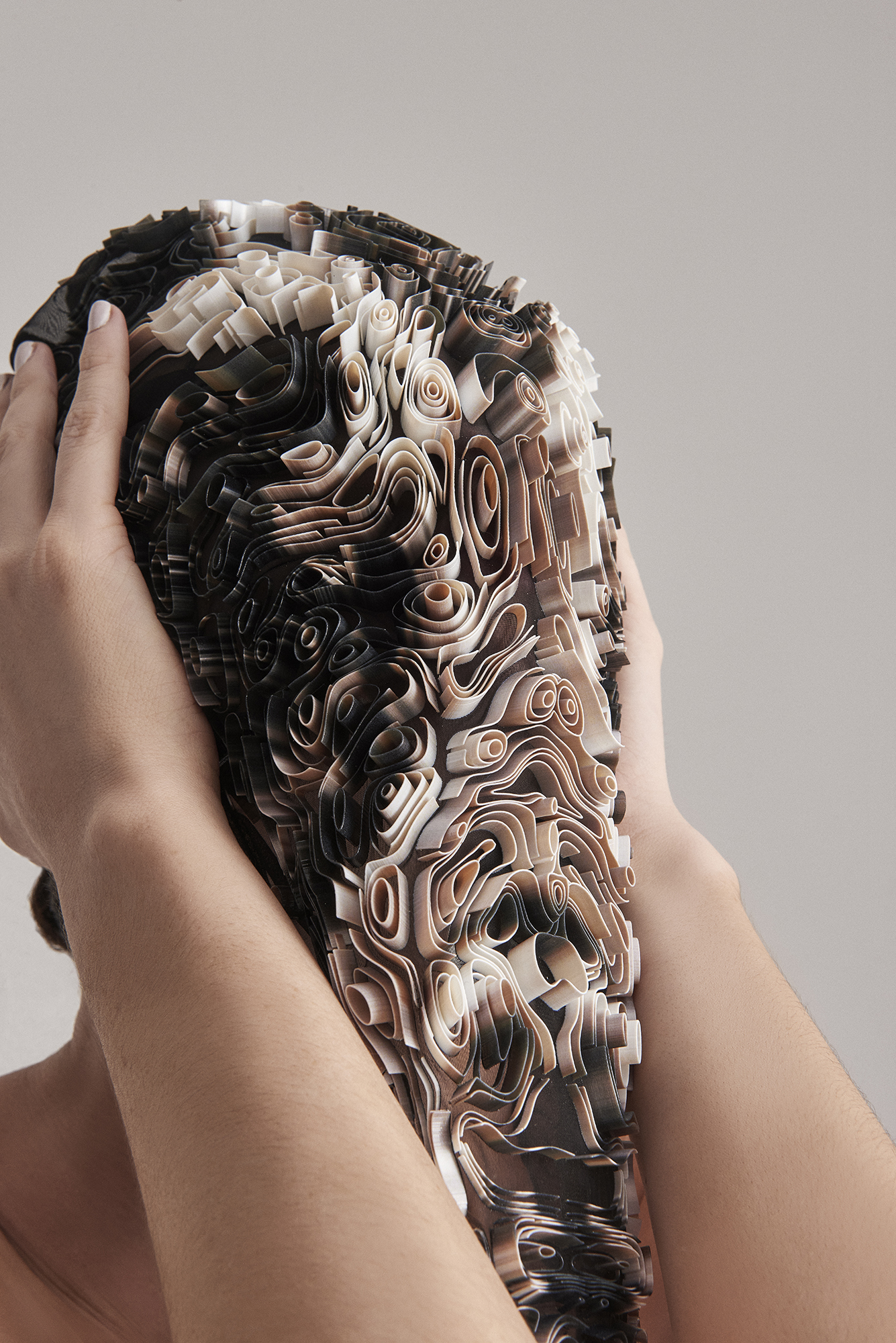
@VincenzoReale, 2021
Content licensed to the European Union.